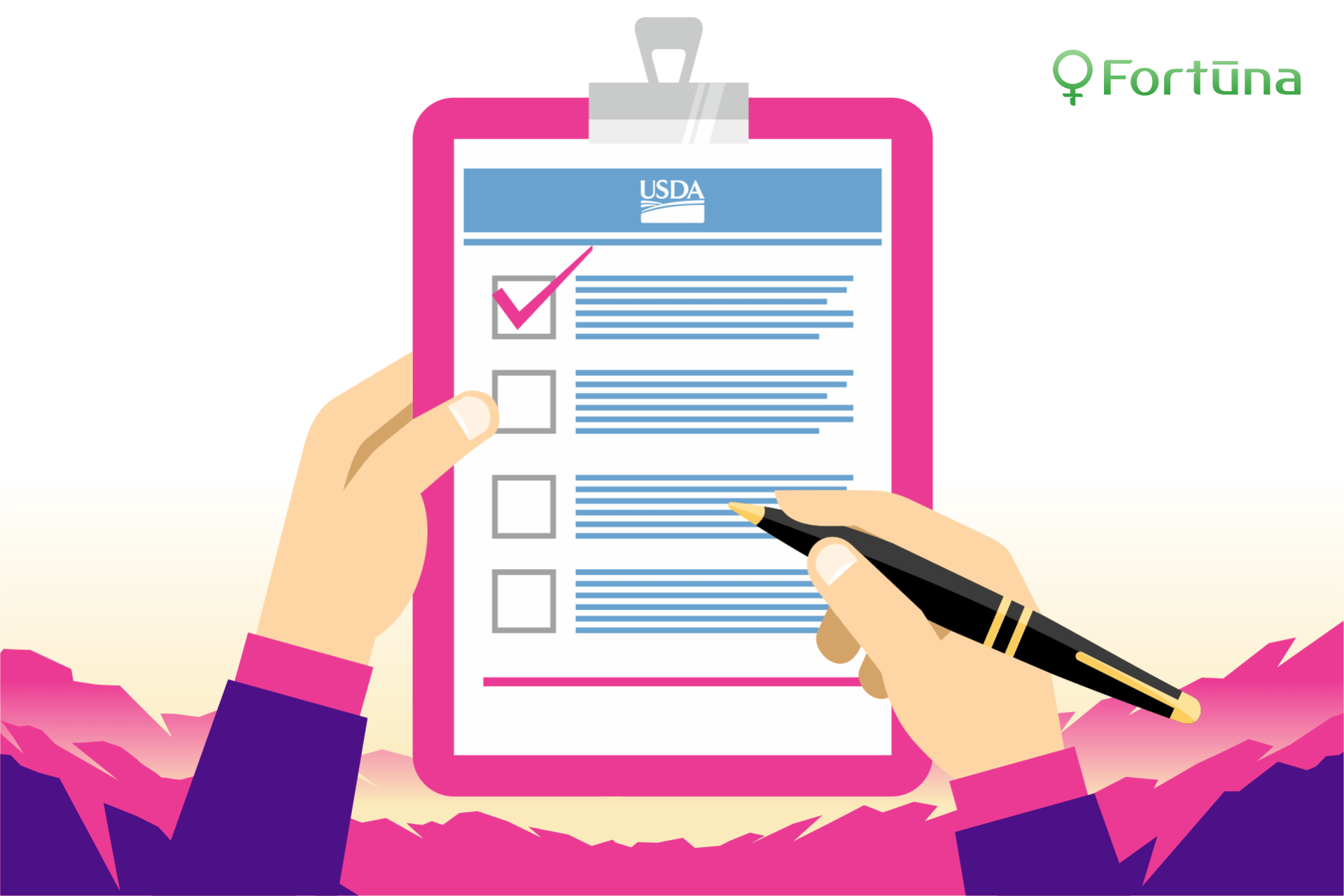
- Hemp Farming
-
by gu
A hemp crop acreage report helps everyone.
Hemp Crop Acreage Report – The United States Department of Agriculture (USDA) requires all farmers and ranchers to file an annual crop acreage report with their local Farm Service Agency or insurance. The report documents all the crops cultivated and their intended use. The report also aids in record-keeping and enables farmers to access many USDA programs. It is essential in allowing accessibility to crucial programs such as disaster relief, crop insurance, price support, and conservation programs.
Relevant Deadlines for Hemp Crops
The deadline for filing hemp crop acreage reports for most crops is July 15, but deadlines vary by crop and by state and county. Farmers can contact their local USDA service center for acreage reporting deadlines specific to their location.
Please note, there are exceptions to hemp crop acreage reporting deadlines. First, if the producer has not planted the crops by the acreage reporting date, the farmer must report the hemp acreage not later than 15 calendar days after finishing hemp planting. Secondly, if a farmer has not filed an acreage report in time, he or she may still file it within 30 days of the acreage reporting date. In this case, the farmer must also pay late fees.

Note: Due to the Covid-19 pandemic, the 2020 crop year late fees are waived if filed within 30 days after the deadline.
How Hemp Crop Acreage Reporting Works
The Farm Service Agency policy requires all farm operators, owners, or producers to submit an annual crop acreage report on all land used for growing crops. Farmers may report the same acre for both crop growing and grazing. An acre counts twice when a producer uses it for both activities.
Farmers who fail to file an accurate and timely report for all crops and land uses can lose program benefits including Agriculture Risk Coverage (ARC), Price Loss Coverage (PLC), marketing assistance loans and loan deficiency payment. FSA uses the data from these reports to calculate losses for various disaster programs and to determine payment eligibility. USDA also uses the reports to assess highly erodible land conservation, wetland conservation compliance, and other historical purposes. The reports document all planted acres, failed acreage, and unused acres. Producers must report prevented planting if circumstances like natural disasters block them from farming.
How To Harvest Hemp For Optimal CBD Potency?
Moreover, farmers who need help determining hemp crop acreage can seek FSA measurement service at their own expense. Producers must file hemp acreage reports after each planting as some crops have several plantings, each of which requires reporting. However, some plants are eligible for continuous certification, which means that the certification remains in effect after filing a single report.
Producers can file crop acreage reports by filling out the FSA-578 form. The local USDA service center staff can help file by providing applications and deadlines. Producers can also use the FSA’s self-service portal to view or print maps securely.
Farmers and producers can find their local USDA offices through offices.usda.gov or farmers.gov/service-locator.
Requirements for Hemp Crop Acreage Report Filing

A crop acreage report must include maps that show crop locations with approximate boundaries. The document must have the farm number and accurate tract information plus the number of acres or other applicable units of measurement. The producer must also include the crop planted and specify the crop type or variety along with the intended use of the crop.
The producer must indicate the planting dates and the hemp planting pattern if applicable. Should something prevent planting, the farmer must list the acreage as prevented. The producer must also include the irrigation practices and the producer shares in the acreage report.
The agency provides producers with maps and instructions for completing and returning this information through mail or email. Farmers may also submit these maps through commercially available online platforms such as Box for file sharing and OneSpan for eSignature solutions.
The FSA uses Microsoft Teams Software to virtually meet with producers to review maps and documents for certification. Producers who want to schedule a virtual appointment can download the Microsoft Team app on their smartphones or use their personal computers without downloading.
Producers must return finalized maps and acreage reports after they have completed planting. The FSA and Risk Management Agency will publish these documents electronically. Thus, there is no need to re-enter the same information multiple times. The producer, however, must contact both FSA and their crop insurance agent to complete program-specific details. This may include authenticating the necessary information, completing maps, and signing acreage reports.
Final Verdict
All hemp farmers should fill out a crop acreage report. The Farmers Service Agency offices are open for business, but producers must first make an appointment before visiting. The acreage reports are essential for record-keeping and enable the producer to access beneficial programs. New farmers must ensure that they are in FSA’s system before beginning the certification process.
To learn more about filling a crop acreage report, visit their website. Of course, you can always contact us to learn how we can help.

